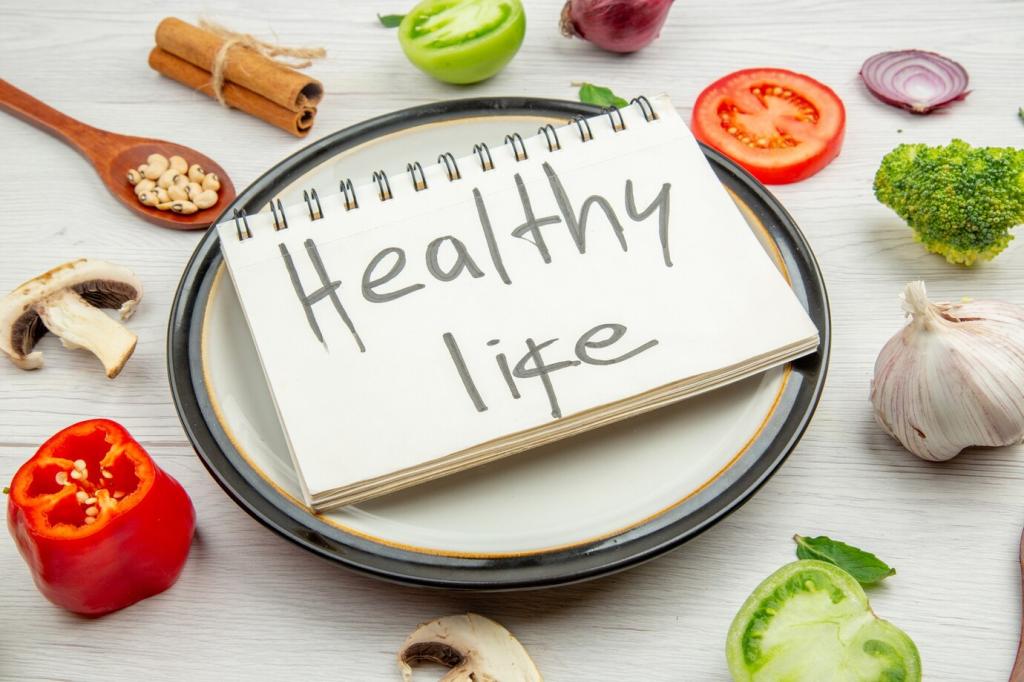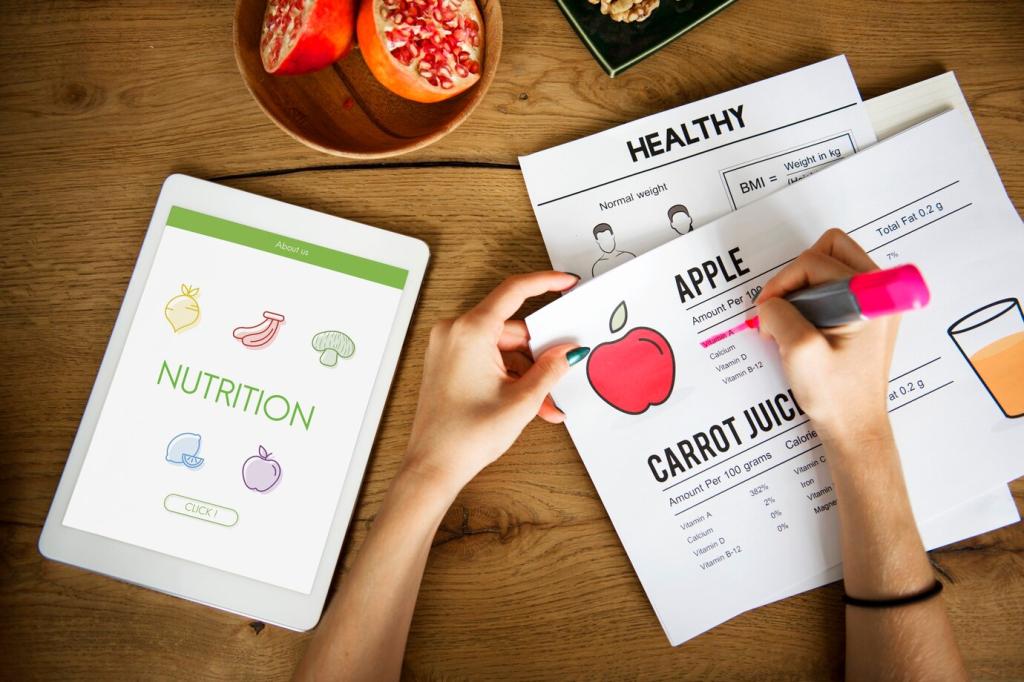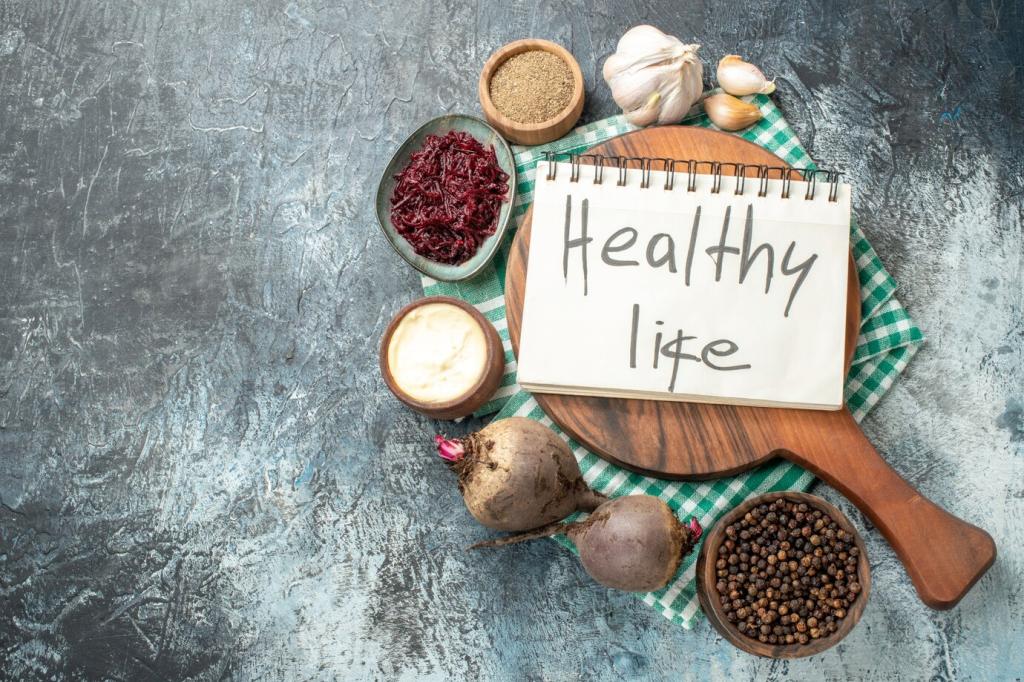Practical Plates: Quick, Tasty, Carb-Forward Recovery Ideas
Try a bagel with peanut butter, banana, and honey (70–90 grams carbohydrate), or rice, eggs, and soy sauce with orange juice (80–100 grams). Keep ingredients visible on your counter so the right choice is the easy choice after training.
Practical Plates: Quick, Tasty, Carb-Forward Recovery Ideas
Oats, rice, potatoes, pasta, beans, bread, frozen fruit, and milk tick the carb box without straining your wallet. Batch-cook grains, pre-roast potatoes, and freeze smoothie packs. Convenience nudges consistency, which is the quiet hero of reliable recovery.








